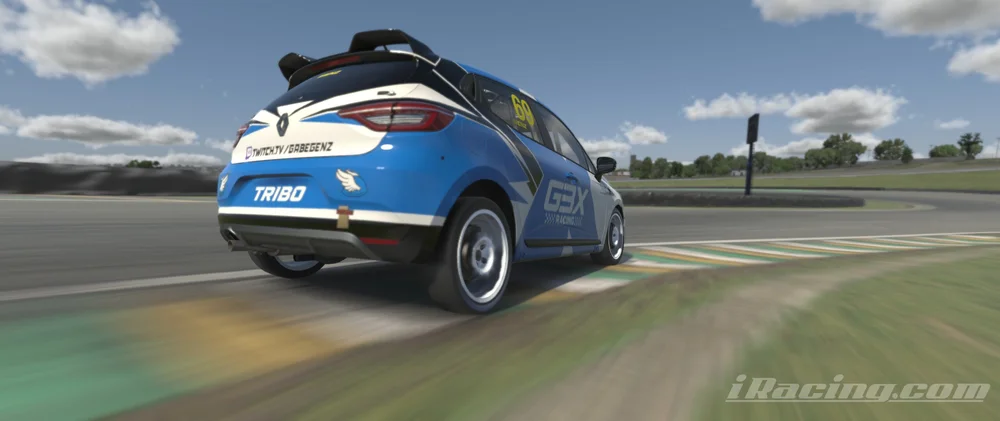BLOG
Understanding Oversteer and Overcorrection in Sim Racing – And How Hardware Can Help
Last updated:
In sim racing, mastering vehicle control is key to fast, consistent lap times. Two common challenges drivers face – especially in high-performance cars – are overcorrection and oversteer. While the terms are often used interchangeably, they describe different parts of a driving mistake, and understanding the difference is crucial for improving your technique.

Overcorrection vs oversteer
Overcorrection is the driver’s overreaction to that slide. When trying to catch the oversteer, you may countersteer too aggressively or too late, causing the car to snap in the opposite direction. This leads to what’s often called a "tank slapper" – a rapid, back-and-forth loss of control. In DiRT Rally 2.0, for example, a sharp overcorrection on a slippery surface can send you into the ditch on the other side of the road.
Oversteer happens when the rear tires lose grip during a turn, causing the car to rotate more than intended. This is common in rear-wheel-drive cars or in low-grip conditions, like wet tracks or gravel stages in rally games. A classic example: in Assetto Corsa, you're powering out of a corner in a Porsche 911, and the rear steps out because you've applied too much throttle too soon.
Skilled drivers often favor cars with a tendency toward oversteer, as this handling characteristic allows for greater agility and improved rotation through corners. When managed correctly, slight oversteer enables the driver to pivot the car more effectively, particularly during corner entry and mid-corner phases.

The true mark of driving talent lies in maintaining the car on the edge of grip—where the rear axle feels light or loose, but the tires have not yet exceeded their traction limits. Operating in this delicate zone provides maximum responsiveness without sacrificing control.
This driving approach is beneficial across various disciplines, including both oval and road racing, where precise rotation and car placement can significantly impact lap times and overtaking opportunities.
How Quality Sim Racing Hardware Helps
Controlling oversteer without overcorrecting takes precision – and that’s where high-quality sim racing gear makes a big difference.
- Force Feedback (FFB): A good direct drive wheel like the ClubSport DD Wheel Base delivers strong, detailed force feedback. It lets you feel the moment the rear begins to step out, giving you time to respond smoothly. Entry-level gear often lacks the fidelity to pick up on those subtle cues, leading to delayed reactions and, ultimately, overcorrection.

- Steering Angle Precision: High-end steering wheels support smoother and more precise inputs. A quality wheel lets you dial in just the right amount of countersteer—essential for correcting oversteer without swinging the car too far.
- Pedal Control: Load cell pedals, such as the CSL Elite Pedals V2, help modulate throttle and brake inputs more accurately. This control helps prevent the kind of abrupt weight shifts that can trigger oversteer in the first place.
In short, better hardware doesn’t automatically make you a better driver, but it gives you the tools to feel and react more effectively. That’s the edge that helps you correct oversteer smoothly and avoid overcorrection, especially in demanding sims like iRacing, rFactor 2, or ACC.
PRODUCTS IN ARTICLE